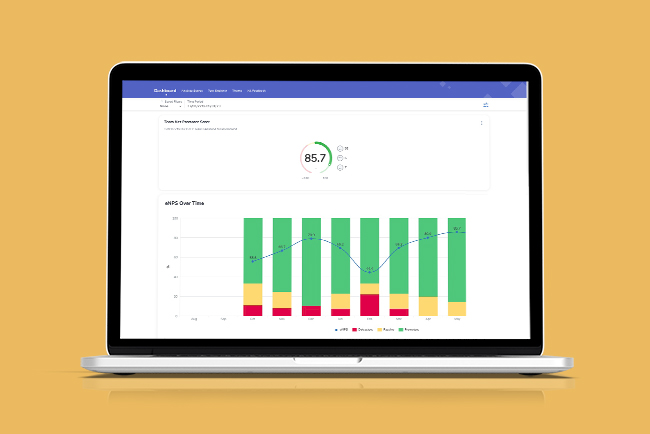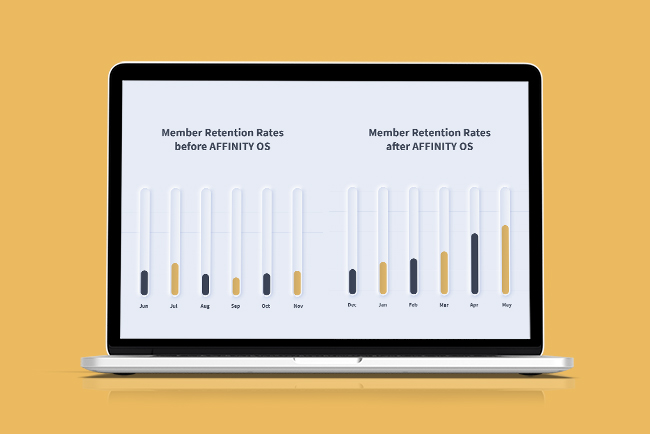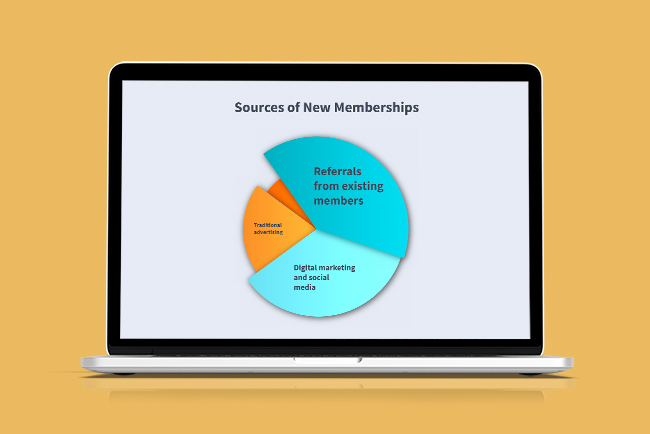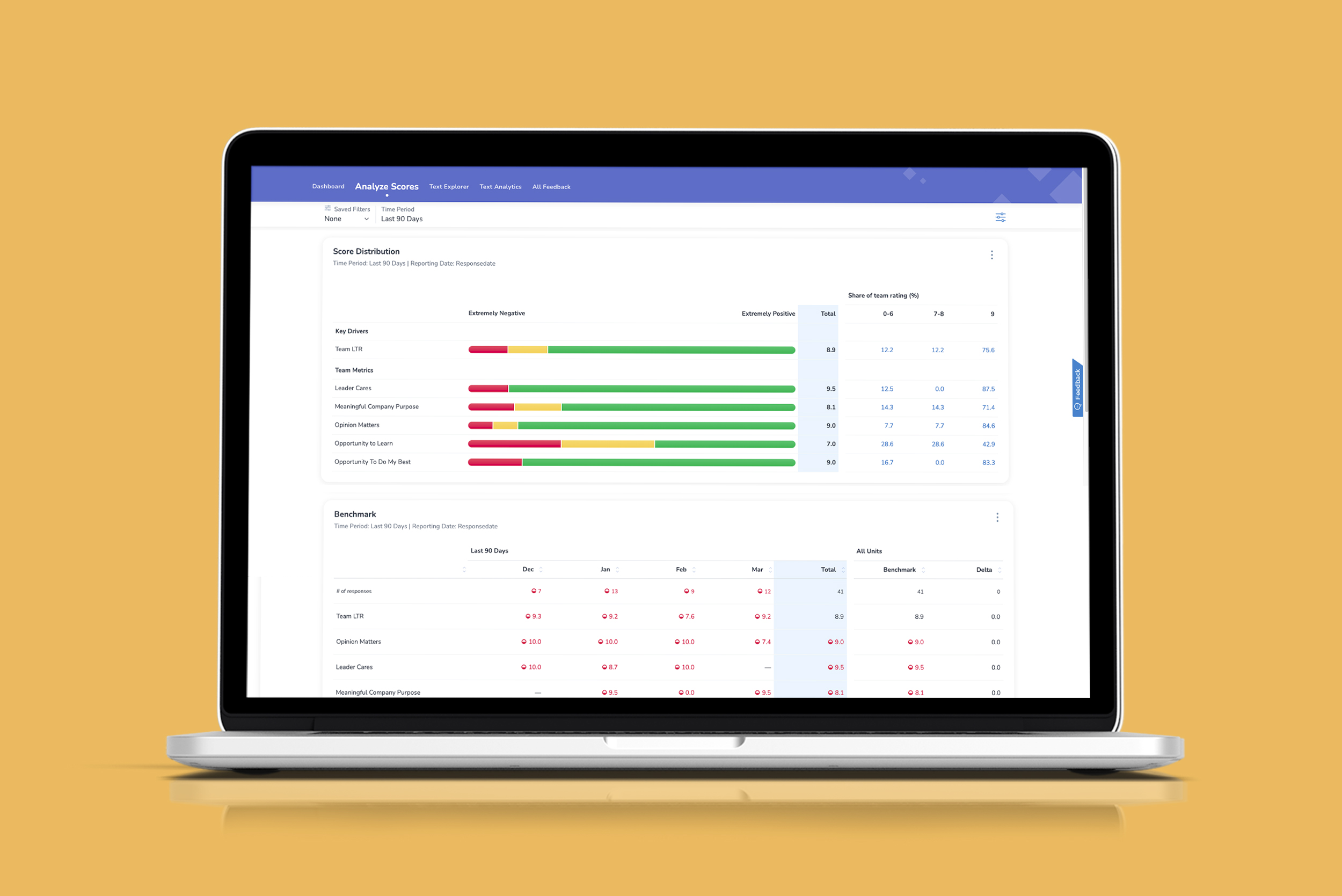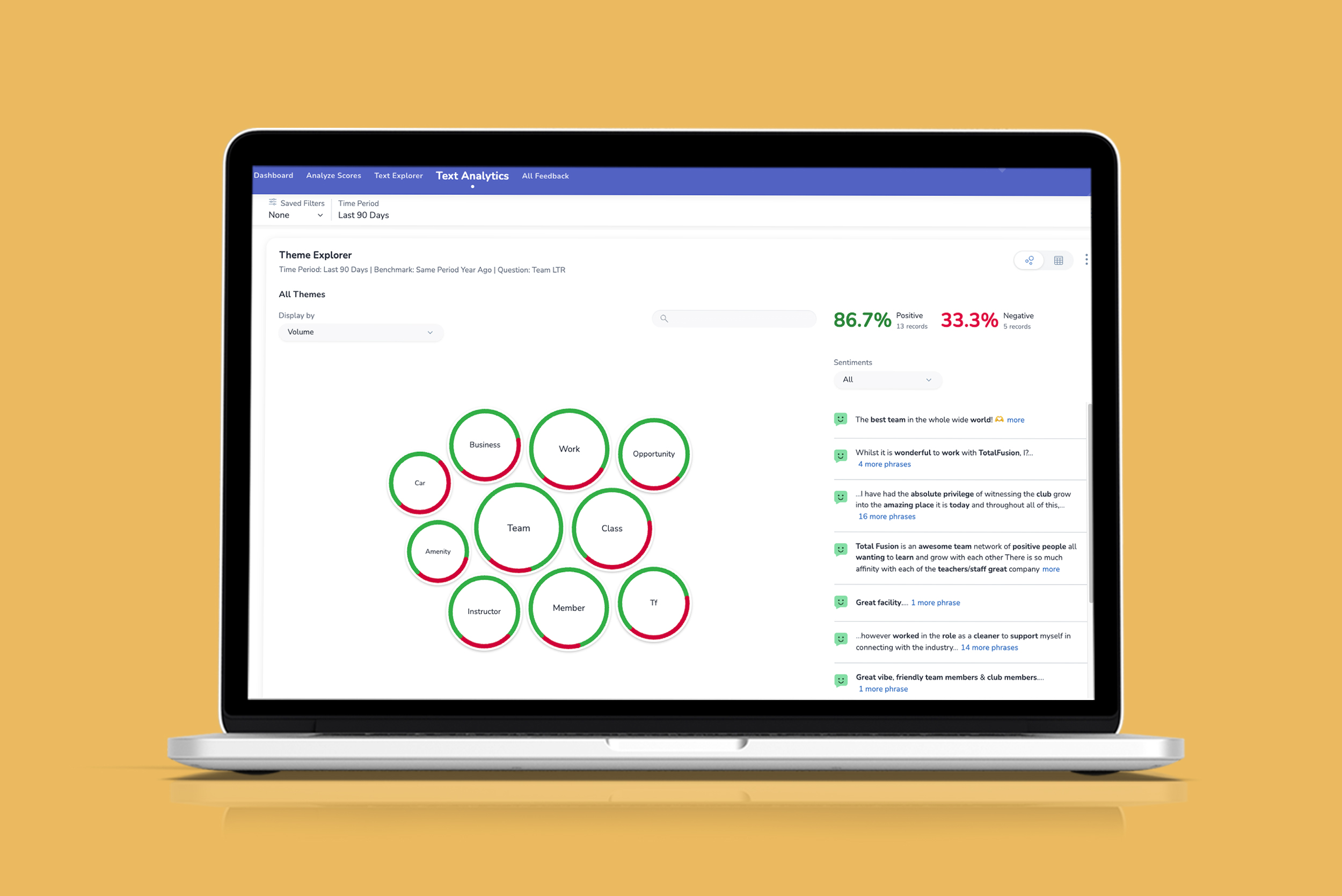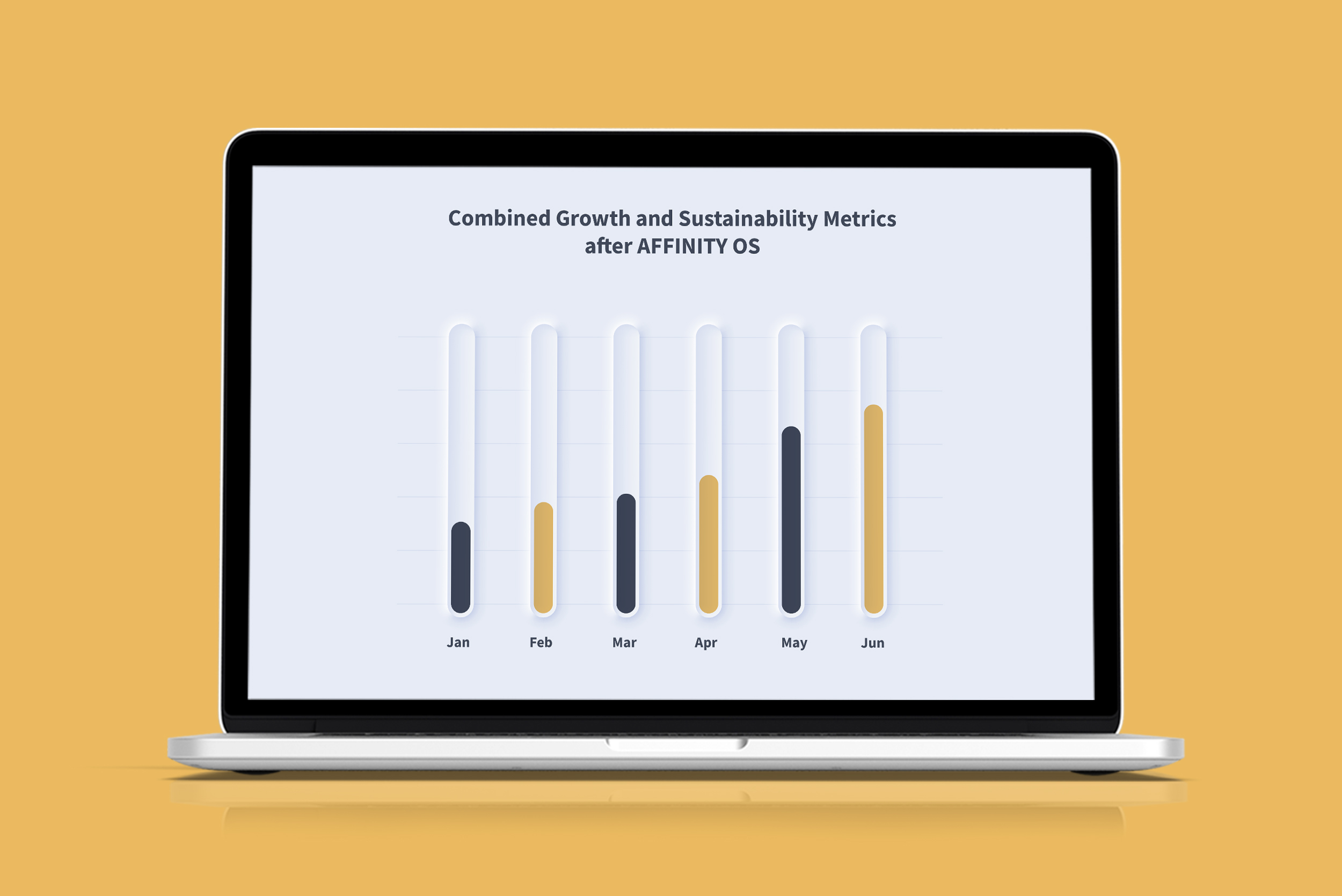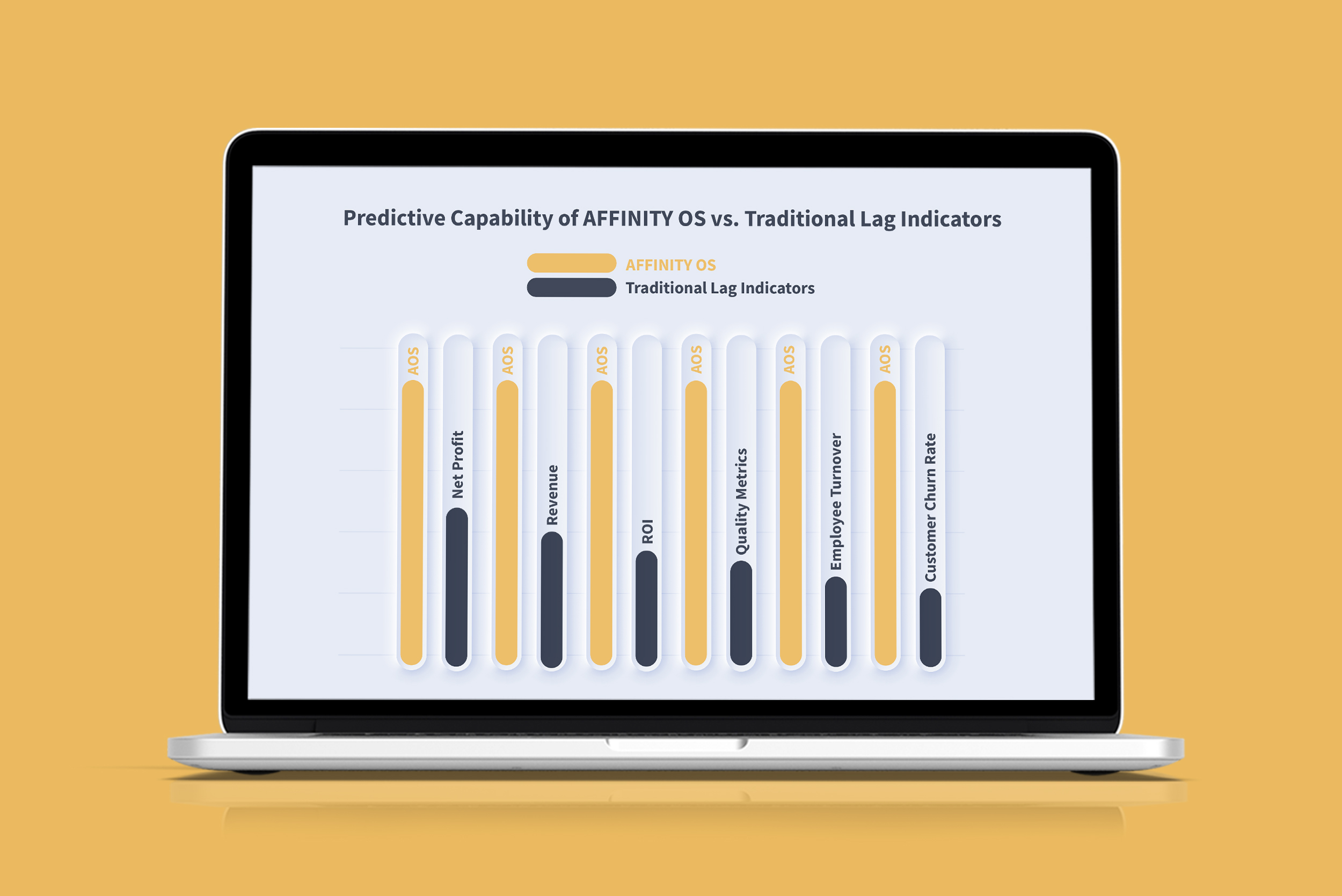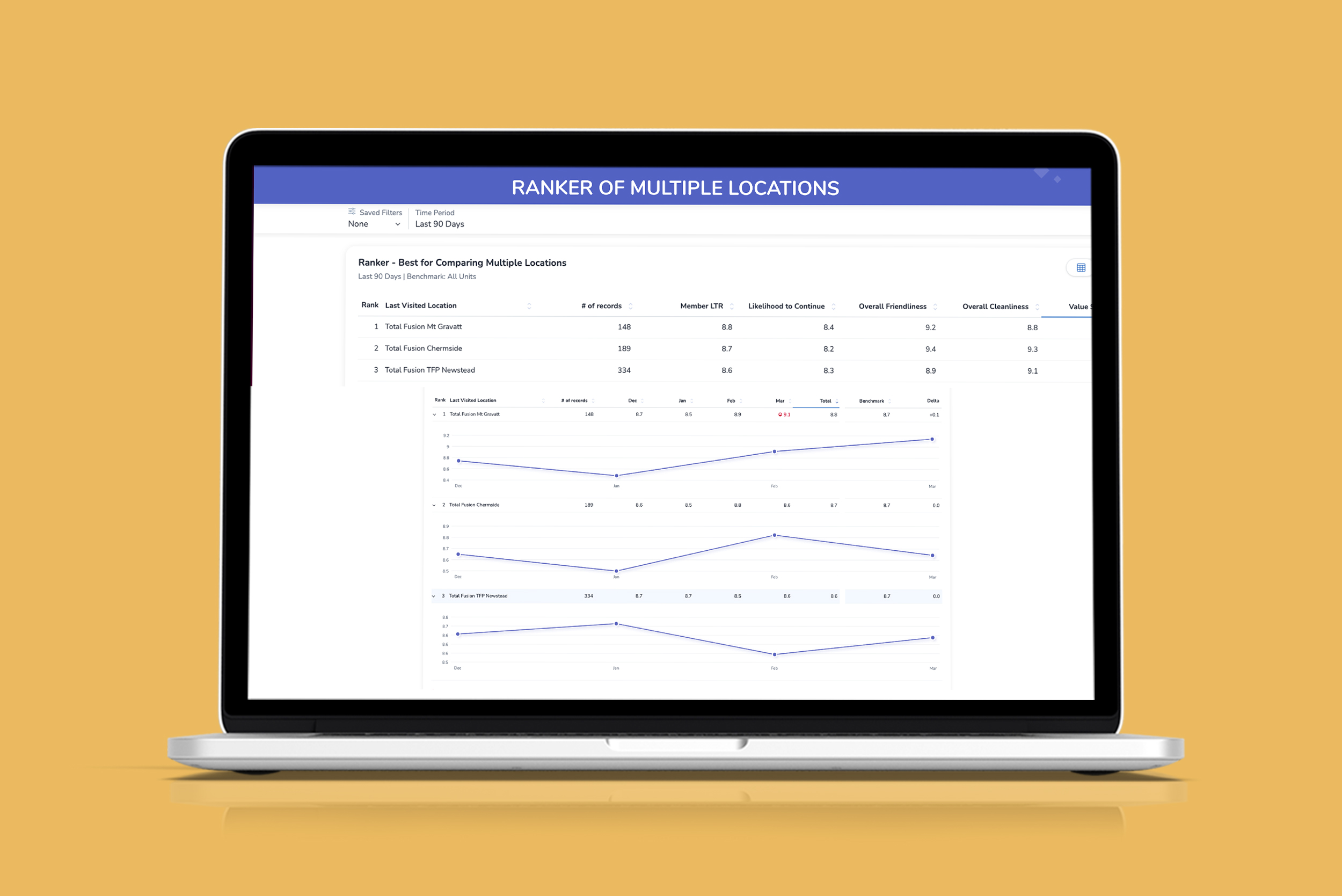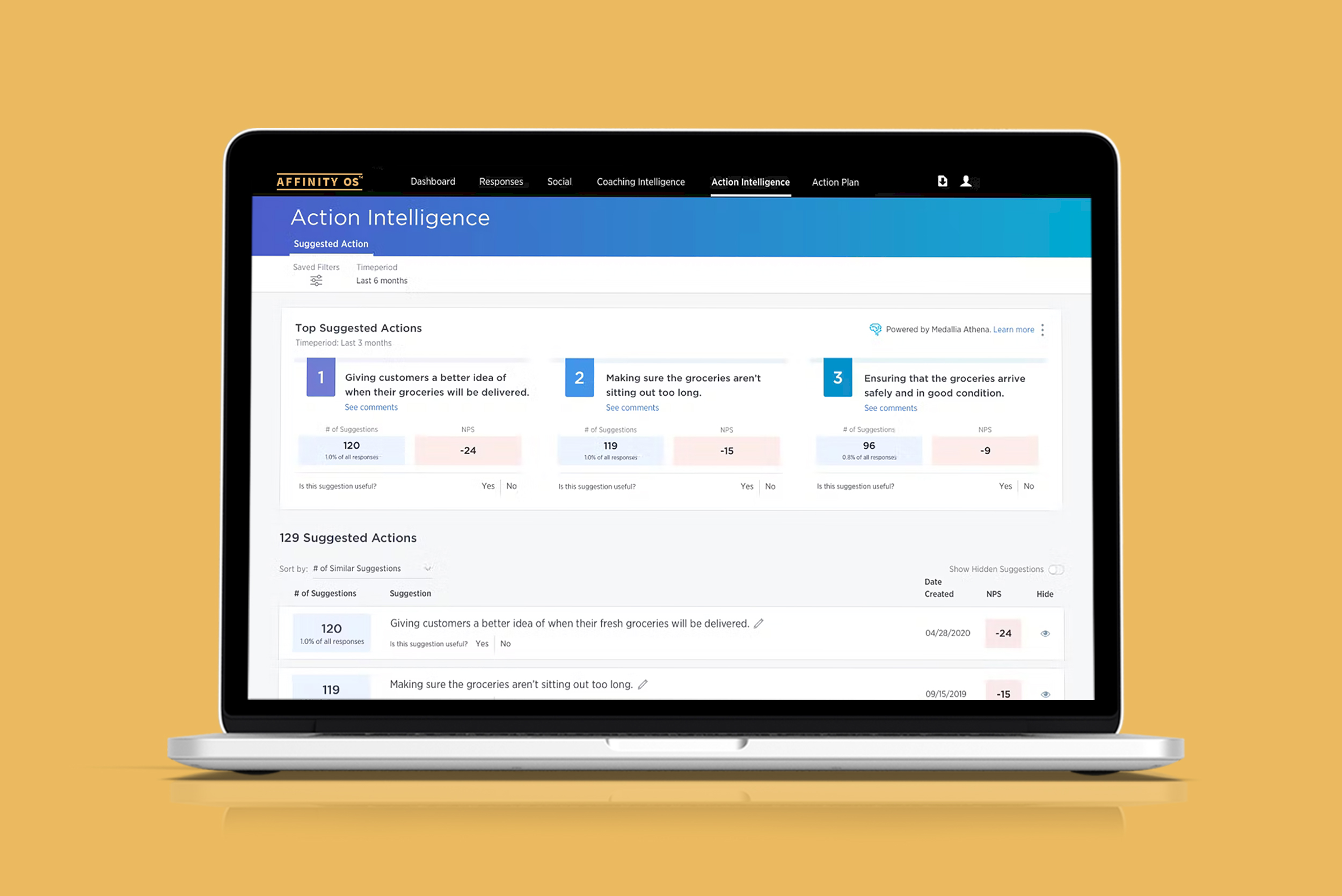Mindful Mastery: Sharpening Mental Agility for Mindful Leaders
Introduction

Mindful Mastery: Sharpening Mental Agility for Mindful Leaders offers a comprehensive approach to enhancing mental clarity and focus, essential for today’s leaders. From engaging in mindfulness meditations and setting up a learning diary to brain teaser challenges and focus enhancement exercises, each activity is purposefully chosen to stimulate cognitive functions, foster a habit of mindfulness, and enhance problem-solving skills. “Mindful Mastery” is more than a series of exercises; it’s a toolkit for mindful leaders to cultivate mental agility and continuous growth, setting a positive example for their teams.
Mindful Mastery: Sharpening Mental Agility for Mindful Leaders
Objective:
To reinforce the concepts learned in the “Mental Self-Care” lesson by providing practical exercises and activities that enhance mental clarity, focus, and continuous learning.
Outline:
- Mindful Moment Meditation:
– Activity: Engage in a 10-minute guided meditation focused on mindfulness. Click here for the Library of Guided Meditations for Mindful Leaders.
– Purpose: To experience firsthand the calming and centering effects of mindfulness meditation.
- Learning Diary Setup:
– Activity: Create a personal learning diary. Each day, dedicate time to document new learnings or insights, whether from reading, online courses, or daily experiences.
– Purpose: To cultivate a habit of continuous learning and self-reflection.
- Brain Teaser Challenge:
– Activity: Solve a set of brain teasers or puzzles. These can range from logic puzzles, riddles, to strategy games.
– Purpose: To stimulate cognitive functions and enhance problem-solving skills.
- Focus Enhancement Exercise:
– Activity: Practice the Pomodoro Technique for a day (see below). Plan tasks in 25-minute focused intervals followed by a 5-minute break.
– Purpose: To improve concentration and productivity through structured work intervals.
- Digital Detox Commitment:
– Activity: Plan a one-day digital detox where you abstain from non-essential digital devices and social media.
– Purpose: To experience the benefits of reduced digital distractions on mental clarity and focus.
- Mindfulness in Action:
– Activity: Engage in a daily task mindfully, such as eating a meal or going for a walk, focusing entirely on the experience without distractions.
– Purpose: To practice being fully present and aware in everyday activities.
- Reflection and Planning:
– Activity: Reflect on the exercises and their impact on your mental state. Plan how you can integrate these practices into your regular routine.
– Purpose: To develop a sustainable plan for incorporating mental self-care practices into your life.
Conclusion
Conclude the workshop with a self-assessment to evaluate how these exercises have impacted your mental clarity and focus. Use your insights to refine your ongoing mental self-care strategy, ensuring it aligns with your role as a leader in the health and wellness club industry.
Remember, the journey of mental self-care is ongoing, and the practices learned here can be revisited and adapted as you continue to grow both personally and professionally.
Pomodoro Technique
The Pomodoro Technique is a time management method developed by Francesco Cirillo in the late 1980s. It uses a timer to break work into intervals, traditionally 25 minutes in length, separated by short breaks. Here’s a basic rundown of how it works:
- Choose a Task: Select a task you want to focus on, something that requires your undivided attention.
- Set a Timer: Set a timer for 25 minutes. This time interval is known as one “Pomodoro.”
- Work on the Task: Work on the task until the timer rings. Try to maintain focus and avoid interruptions.
- Take a Short Break: When the timer rings, put a checkmark on a piece of paper and take a short break (5 minutes is a good length). This break is crucial as it gives your brain time to rest and rejuvenate.
- Repeat: After four “Pomodoros” (four 25-minute work sessions), take a longer break (15-30 minutes). This longer break helps to refresh your mind more significantly and sustain concentration and creativity when you return to your task.
- Adaptation: As you become accustomed to the technique, you can adjust the lengths of both work sessions and breaks to suit your personal productivity rhythms.
Benefits of the Pomodoro Technique:
– Increases focus and concentration by creating urgency that typically doesn’t arise until much later.
– Prevents burnout by enforcing regular breaks.
– Manages distractions more effectively.
– Tracks and estimates time more effectively on tasks.
This technique is particularly beneficial for tasks that require sustained mental effort. By breaking time down into manageable intervals, the Pomodoro Technique can help improve attention and reduce mental fatigue.

CONTACT US
+61 475 866 592

